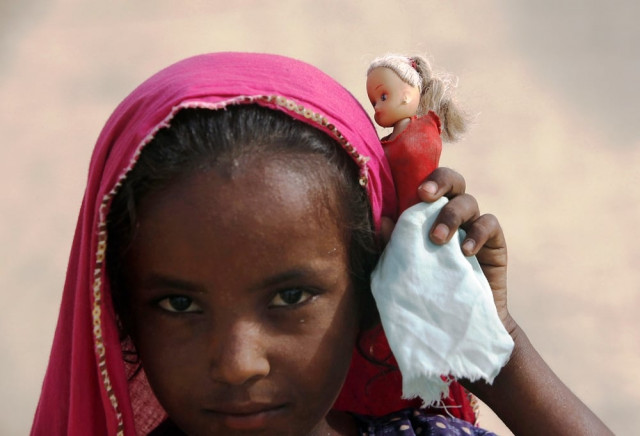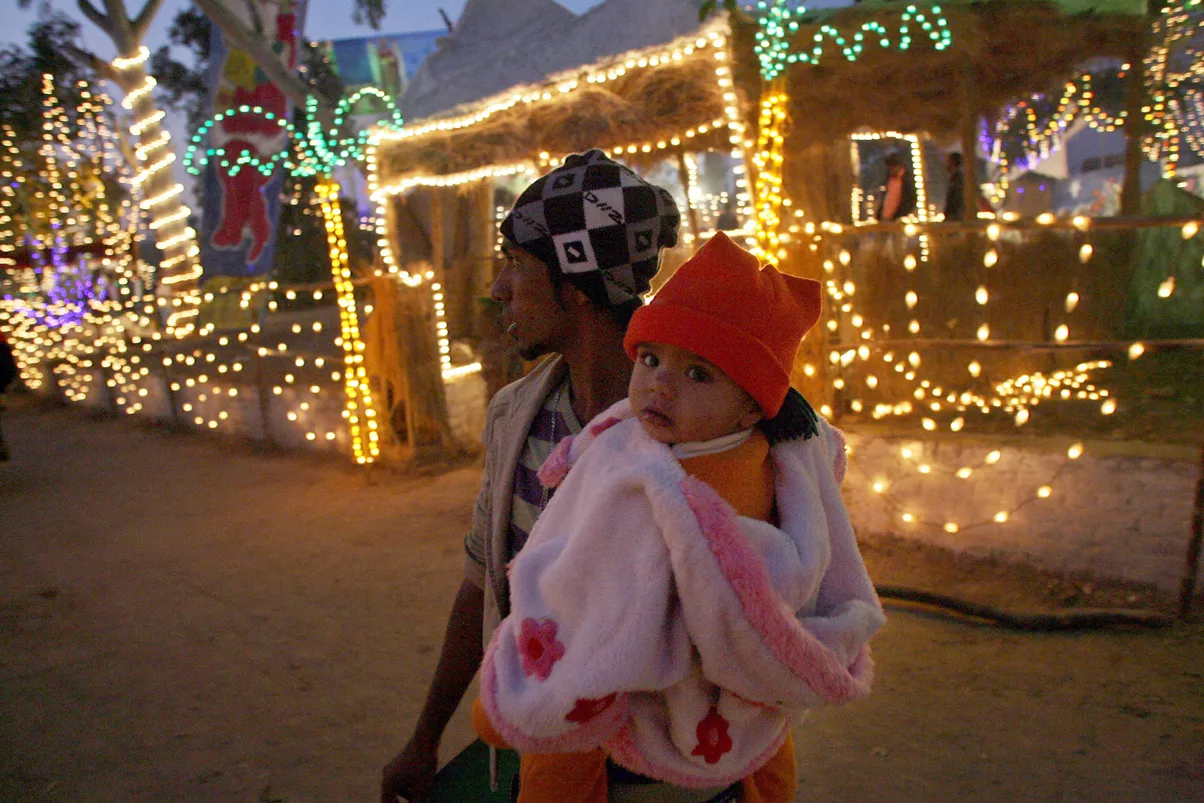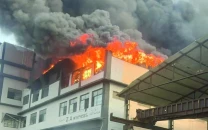95% of flood survivors in Sindh without a roof
About 95 per cent of flood-affected people remain without shelter in Sindh either because the areas are too remote.

“It’s a moving target and as we try to move towards it, it keeps expanding,” said Chris Lom, representative of the shelter cluster at a UN press conference on Tuesday.
The $2 billion Pakistan Floods Emergency Response Plan (PFERP) launched by the UN in New York on Friday aims to help 14 million people with ongoing relief and early recovery projects in the next 12 months.
Attention towards the floods in Pakistan is growing faint, said Maurizio Guiliano from UNOCHA. “This is one of the world’s worst natural disasters but it is not getting the attention it deserves. Now is the time to work harder to prevent future consequences,” he added.
The situation is still bleak in terms of shelter. So far 336,000 families, over two million people, have received emergency aid but another 12 million still await help.
“We are in desperate need of more funds,” said Lom, “According to the National Disaster Management Authority, approximately 18.5 million houses have been damaged or destroyed.”
So far 20 per cent of the damaged and destroyed homes have received coverage. Less than 50 per cent can hope to receive compensation according to what is in the procurement pipeline, which reaches on Friday, he added.
Situation in terms of coordination, however, has improved in Sindh. According to the participants at the press conference, Sindh was the last province to be hit by the floods and it did not get a massive chunk from the assistance which initially came in.
Lom said that while other provinces had a number of NGOs and agencies working there, Sindh lacked behind in this regard.
“There is a need for more agencies and NGOs working on ground to move to the province since it has less experience in terms of disaster as compared to the other provinces,” he said.
The data collected so far helps to give a clearer picture of what all needs to be done but there is still a need to establish structured coordination and these operations are massively underfunded, said Lom.
Sindh’s procurement pipeline is almost empty and needs to be refilled. There is no record of how many people have gone back to their homes and the cluster still needs to conduct assessment in Sindh, added the shelter cluster representative.
Although Pakistan is one of the world’s largest producers of tents, it cannot cater to the vast need on its own. “Even if the country produces enough, clearly we need more funding to purchase them,” said Lom. Shelter cluster is concerned about what will happen in winter. “We are lacking resources, with winter just right around the corner and the issue is yet to be fully addressed. It is a major concern in Khyber-Pakhtunkhwa,” added Lom.
On the occasion, Truls Brekke from the Food and Agriculture Organisation said, “Agriculture needs to get back on its feet. Two main areas which need donors’ attention are distribution of seeds for the Rabi season and attention on livestock.”
“We cannot see the damage to the agriculture due to standing water. The seeds cannot be distributed until the water goes down. Secondly, millions of livestock remain vulnerable and demand attention,” added Brekke.
Published in The Express Tribune, September 22nd, 2010.


















COMMENTS
Comments are moderated and generally will be posted if they are on-topic and not abusive.
For more information, please see our Comments FAQ